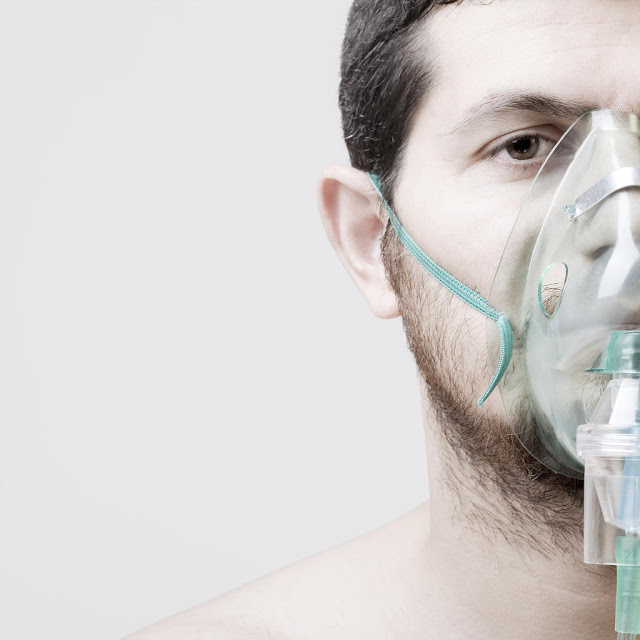Researchers are as yet settling many perplexing parts of how the new Corona infection assaults the lungs and different pieces of the body.
One of the greatest and most dangerous secrets is the way the infection causes 'quiet hypoxia', a condition where levels of oxygen in the body are unusually low, and which can hopelessly harm indispensable organs if undetected for quite a while frame.
Presently, on account of PC models and correlations with genuine patient information, Boston University biomedical specialists and partners from the University of Vermont are beginning to settle this riddle.
In spite of experiencing hazardously low oxygen levels, numerous individuals with serious instances of COVID-19 don't some of the time display manifestations of windedness or trouble breathing, so the low oxygen's capacity to unobtrusively hurt the justification its detailing 'quiet'. Covid patients, it is accepted that the disease first harms the lungs, making portions of them unfit to work appropriately, these tissues lose oxygen and quit working, and they presently don't flood the circulation system with oxygen, causing quiet hypoxia.
'We didn't know [how] this was physiologically potential,' says Bela Suki, an educator of biomedical designing and materials science and designing, and one of the examination's creators. Some Corona infection patients saw what a few specialists depicted as 'contradictory with life' levels of oxygen in their blood, adding that it was upsetting that large numbers of these patients gave not many indications of irregularities when they went through a lung assessment.
To help make quick work of the reasons for quiet hypoxia, Boston University biomedical architects utilized PC demonstrating to test three unique situations that assistance clarify how and why the lungs quit giving oxygen to the circulation system.
Their exploration, distributed in Nature Communications, uncovers that quiet hypoxia is likely the consequence of a bunch of organic components that may at the same time happen in the lungs of COVID-19 patients.
Solid lungs keep blood oxygenation at a level somewhere in the range of 95 and 100% - on the off chance that it dips under 92%, this is a reason for concern and the specialist may choose to intercede with supplemental oxygen.
Utilizing a numerical lung model, the group tried the reasons for hypoxia, and uncovered that all together for blood oxygen levels to drop to the levels saw in COVID-19 patients, blood stream should be a lot higher than typical in spaces of the lungs that are not, at this point ready to gather oxygen - than It adds to low oxygen levels all through the body, they say.
Then, they saw what blood thickening means for blood stream in various spaces of the lung.When the coating of veins gets aroused from COVID-19 contamination, blood clumps can frame so little that they can't be found in clinical assessments inside the lungs, and they discovered, utilizing displaying. Lungs, this may initiate quiet hypoxia, however it alone is probably not going to cause oxygen levels to drop to their most reduced levels in understanding information.
By and large, their discoveries demonstrate that a blend of variables are probably going to be liable for serious instances of hypoxia in some COVID-19 patients.
With a superior comprehension of these fundamental components, and how gatherings may contrast from one patient to another, clinicians can settle on more educated decisions about treating patients with measures like ventilation and supplemental oxygen. Various mediations are presently being contemplated, including a low-tech one considered the inclined position that makes patients on them feel sick, permitting the rear of the lungs to attract more oxygen and discharge the confounded air-to-blood proportion.










0 Comments